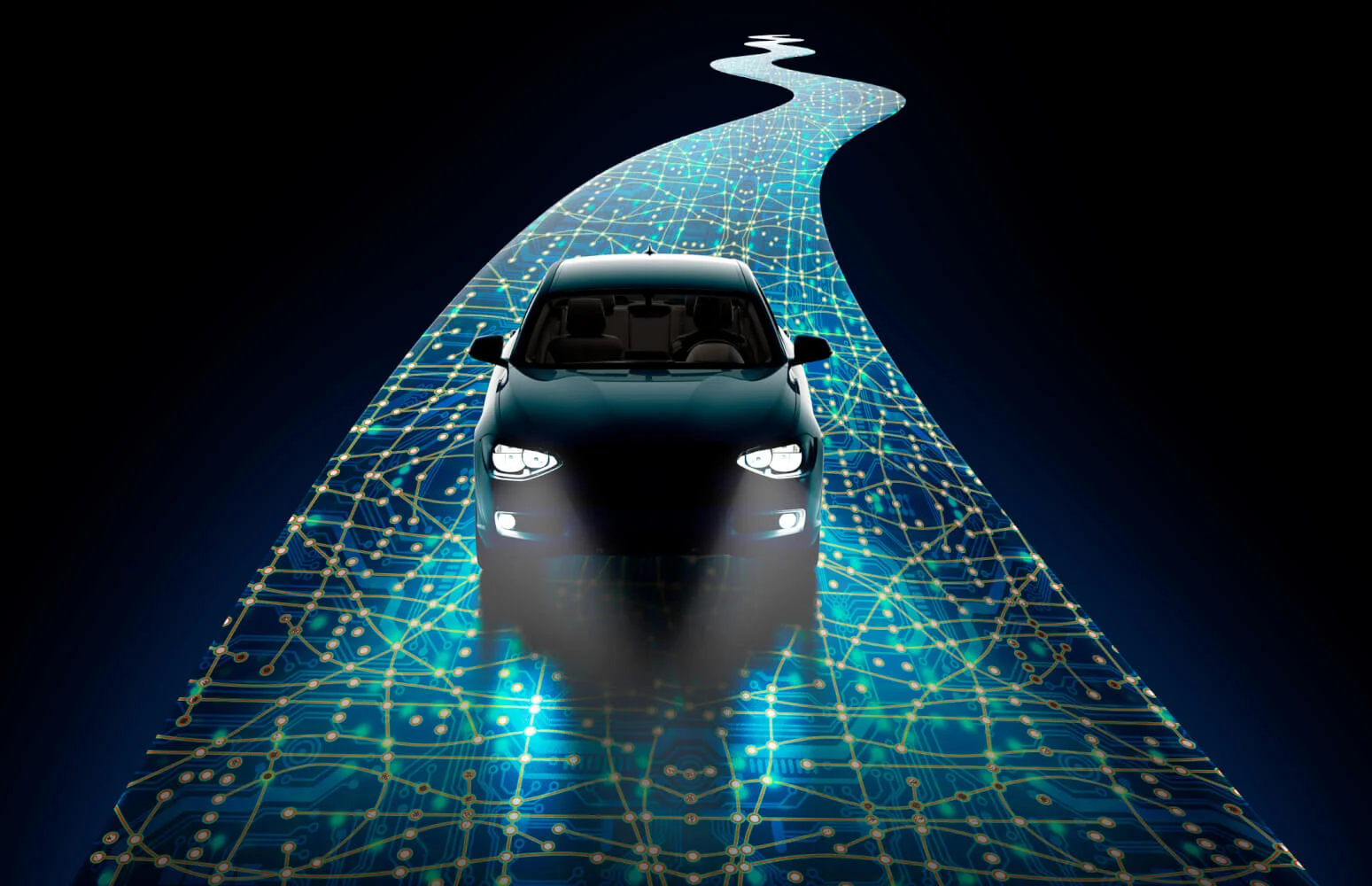Not all that long ago, the idea of autonomous vehicles was the stuff of sci-fi dreams. Fast forward a few years and suddenly many thought they’d be sitting back and scrolling on their phones while their self-driving car got them from point A to point B. Today, we’ve landed somewhere in the middle. Fully autonomous cars are not quite yet a reality, but there has been exponential growth in self-driving features. And when it comes to other modes of transport, such as public transport, we’ve already boarded the proverbial autonomous bus.
When we talk about autonomous cars it’s good to keep in mind that there are 5 levels of autonomy.
- Level 1: Some small steering or acceleration tasks are performed by the vehicle without human intervention
- Level 2: Includes things like advanced cruise control and the car automatically taking safety precautions while the driver remains alert.
- Level 3: Still requires a human driver, but a number of safety-critical functions are performed by the vehicle under specific traffic and/or environmental conditions. This level is where potential danger starts to be seen
- Level 4: The car can drive itself almost all thetime, butcan be programmed to not drive in unmapped areas or under certain weather conditions. Car makers in the self-driving area want to be here
- Level 5: Full automation in all conditions
To put these levels in perspective, when the car industry talks about ‘self-driving’, they are referring to levels 3 and 4. Yet despite the herculean efforts being made by leading players in the tech and automotive industries, we won’t be taking a nap in the back seat of our car while it takes us to work any time soon. This despite any number of announcements over the past few years about plans to bring self-driving cars to our streets. The only self-driving cars on the roads right now are in a handful of cities that are conducting readiness tests. There are a number of reasons for this.
- Fatal accidents cause by the few partially or fully automated cars being tested
- Algorithms not yet fully developed
- Connections unable to maintain speedy and steady data exchange
- Software vulnerable to attacks
Additionally, it’s not just smart software but also smart roads that are needed to allow cars to run independently, which means cities will need to adapt their road infrastructure. When looking at these factors it’s easy to understand why self-driving cars haven’t advanced as far as predicted – and why the hoped-for ‘start’ date keeps being pushed back.
But it’s not all bad news: even as engineers continue to develop cutting-edge technologies to advance the case of self-driving cars, the advent of 5G, along with powerful embedded top-down computers will allow stronger and better internet connections and near real-time data flow. And if we look beyond self-driving cars, there are a lot of autonomous vehicles already in play, where lessons can be learned.
Beyond self-driving cars
If we look past self-driving cars, we can see a different picture of autonomous vehicles. Public transport is where we have already boarded the proverbial autonomous bus – and we’ve been on it for quite some time.
The first driverless metro system was inaugurated in Kobe, Japan in 1991, and since then their popularity has only grown, with 63 fully automated operation lines in 42 cities across 19 countries. The benefits are clear: safety, flexibility, punctuality, cost efficiency, and perhaps most importantly, passenger satisfaction. Denmark’s capital city Copenhagen established its award-winning fully autonomous subway system in 2002 and saw commuters switching from other modes of transport to the metro, including up to 47% of bus passengers and 20% of local train passengers. Even today, nearly two decades later, a regular survey shows that 98% of travelers on the metro are either “happy” or “very happy” with the service.
If we look at automated metros through a different lens, we can see that the first 500km of automated lines were built over the course of 29 years – but once the technology was proven, it took just eight years for that number to double. According to the International Association of Public Transport (UITP), there will be over 2,300km of fully automated metro lines in operation globally by 2025. UITP says that there is a diversity of profiles of lines and cities around the world, which demonstrates that there are a broad range of services that automated lines can offer to meet the mobility challenges of cities as rapid urbanization continues.
